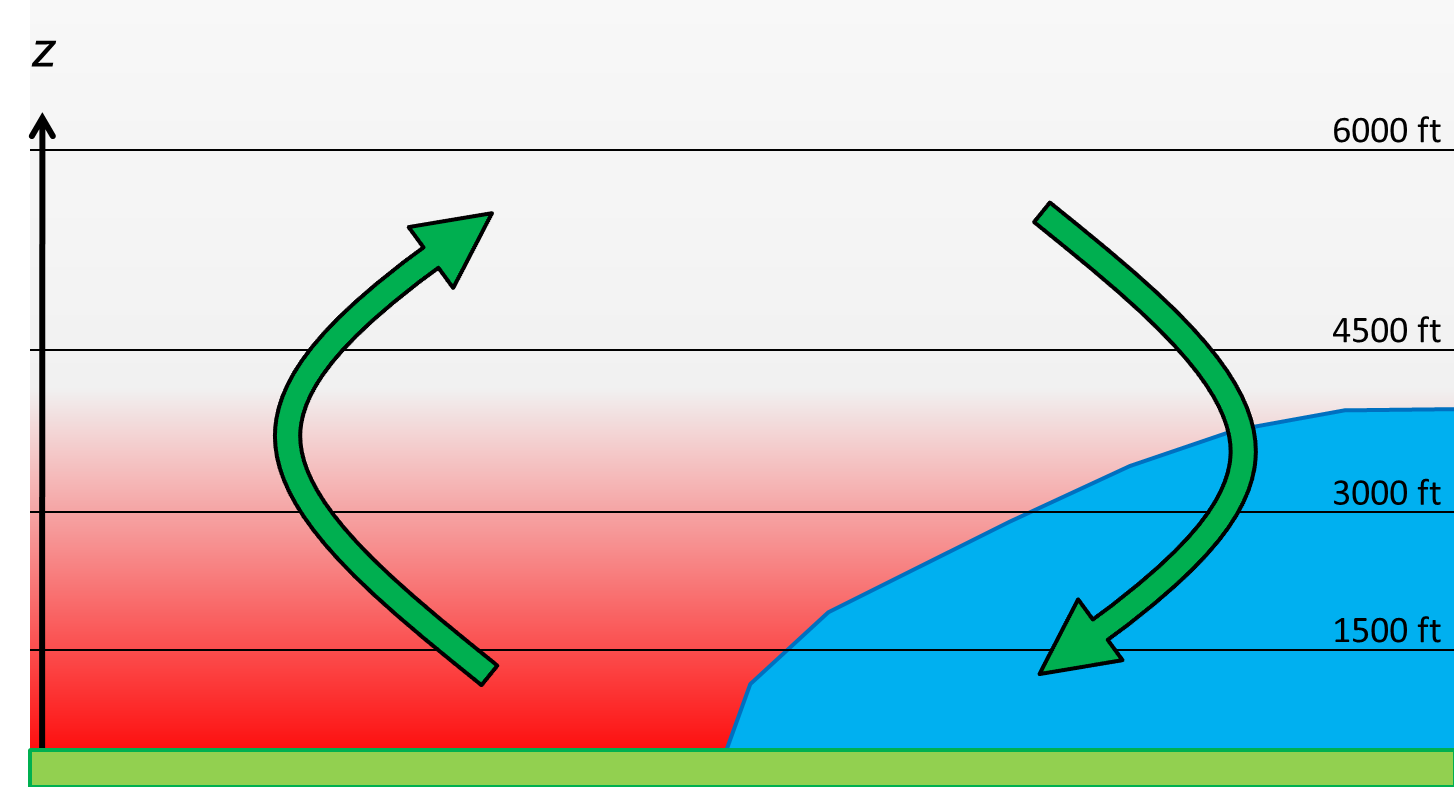I remember how frustrated I was with the early prototypes. The first one, I remember, was a glorified draft sensor. But Alan finally got it right.
I'd hate to see you guys waste a whole season just to get to the point we reached in the autumn of 1986 with a well-functioning unit.
I've been trying to convey that the "magic" is in the pilot's interpretation of what's going on and what must be done. I've seen a lot of pilots fly with perfectly good Snoopers and declare them junk. They either couldn't figure it out or were flying in conditions the Snooper does not work well in (likely humidity, lapse rate, dew point-related. I only tested it in the desert.) Others said it worked amazingly well and they would not part with it. (My camp.)
...length of time of beeps and boops.
The length of the sounds seemed fixed to me. The interval between sounds was variable. Just like the soaring barometric variometers I am familiar with. Frank might describe how the length of sounds in conventional vaiometers is done.
When I flew with a Snooper, I focused on the excitement. Lots of BOOPS and BEEPS indicated the presence of a thermal. Lots of BOOPS don't necessarily mean you are descending. The Snooper does that entering the cool air cascading along the sides of a warm rising thermal, right before you enter the thermal. That happened a lot.
Harry suggested the strength of the temperature differential between wingtip sensors might be useful. It should be easy to build a lot of (weird) functions into a new prototype and experiment with them in the air. That's what I did with the original Snooper. It's quite an entertaining mental challenge. Really sophisticated RC guys could use this thing, as well. That would be hard, but really cool.
You can also derive the strength of temperature differential along the flight path with higher resolution using a time function as described previously. I don't think the orientation of the sample points is nearly as important as the distance between them. Since the surrounding air is moving much more slowly than the hang glider, a high-resolution differential derived over a few seconds along the flight path should be superior to a low resolution 10-meter fixed sample perpendicular to it. Just my hunch. It may be possible to detect small thermals on light days with wingtip Snoopers. That's what Harry is thinking. I'm jaded by having flown so much in powerful air. I counted good days by how many times I went weightless (slack strap). You don't want a sensitive temperature variometer on days like that. It would drive you crazy. Even when I describe the "mellow" days of autumn in the Owens Valley, there's still some kick-ass stuff out there.
 Home
Home






